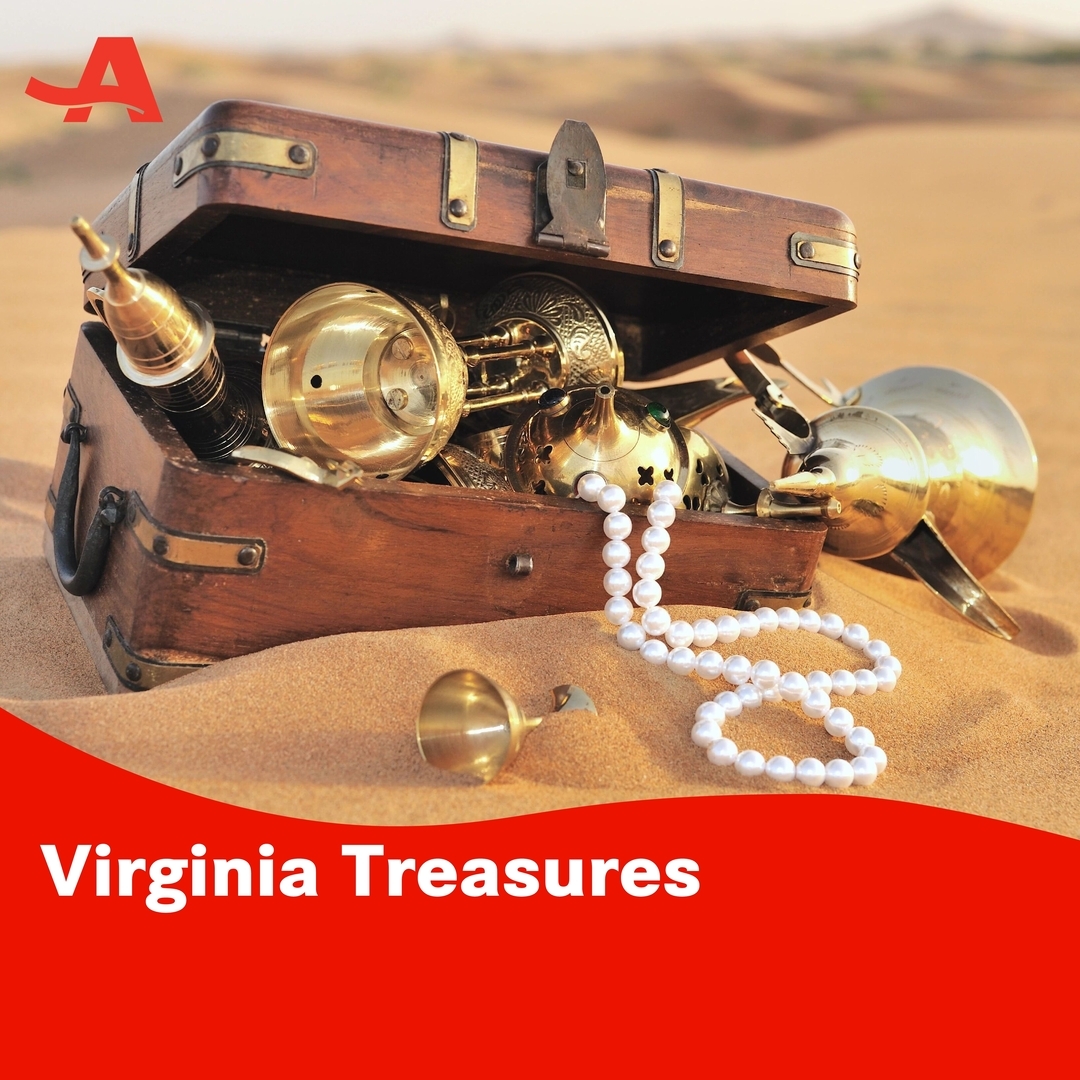AARP Hearing Center

Virginia Treasures, the monthly spotlight on the state’s historic landmarks, took an interesting look at the popular Native American, Pocahontas. Chris Van Tassell, the presenter for the event, works with the education department at the Virginia Historical Society. known as the Virginia Museum of History and Culture in Richmond. Van Tassell stated that the Virginia Historical Society began in 1831 with “manuscripts going back to the 1500s and up to today, so we collect Virginia history and have the honor of sharing these stories with the public.”
The first lesson that Van Tassell teaches is that the term “Indian was a misnomer. This was a mistaken term used by Europeans because thought they were in the Indies.” State and federal tribes recognized today prefer to be designated as Native Americans.
The purpose of Van Tassell’s presentation was to uncover the truth of Pocahontas by examining Native American life in the region by studying writings and artwork left by the observers of the time. As a tour guide, he shares “an idea of what life looked like when Europeans arrived if we rewind about 400 years, this is the composition of who was here.”
What is known comes from “the oral traditions of the current Native American tribes in Virginia and from English records.” When looking at the English records they “were also very biased and many times, ignorant in interpreting what they observed because of the two very different cultures.”
Pocahontas was one of many children of Powhatan, chief of the tribe in the Tidewater region of Virginia. Many of the places that she would have known are still known by the same names. Van Tassell gave the audience an in-depth view of Native American life to reveal what Pocahontas’ real experience was composed of. He covered the food that was eaten, and how the men were hunters, and the women were farmers. How they rotated crops and planted in stark contrast to the way the English thought they should be planted.
“Women were the ones that knew how to plant. In their culture women were more associated with reproduction and fertility, and it just seemed like a natural job for women to do,” he said. “There are also accounts that men would farm alongside the women, sometimes, especially when they're older and perhaps cannot go on the hunt.”
Living near waterways, canoe making would have provided transportation. This would have composed the world Pocahontas lived in. He stated that there are few artifacts because “the soil is very acidic and, a lot of areas are swampy so, unfortunately, a lot of the material culture of these people has rotted away and decayed.”
Why were the English on the east coast of the United States? Van Tassell revealed that “the English come over to Virginia in 1607 as part of a charter from the King; a group of businesspeople named the Virginia Company of London. They're taking investments to start a colony. This is in part out of envy of Spain who had conquered and colonized South America and Central America.”
Van Tassell stressed that the Disney account of Pocahontas is inaccurate. He said, “I'm sure she probably did not look like a tall skinny model wearing a buckskin apron. Pocahontas was a very young girl, probably around the age of 12 when the English arrive.”
He said another romanticized idea about Pocahontas is the popular story of her saving Captain John Smith’s life. Not only was she a young girl but Smith never gave any details about the incident in his writings. “Historically there's no records of a romantic relationship between her and John Smith,” he said, adding that historians are still debating whether the incident happened at all. Smith does “talk about being captured, but he doesn't talk about an execution or Pocahontas saving his life.”
While it true that Pocahontas was kidnapped and later travels to England and married John Rolfe, Van Tassell pointed out “the Virginia company of London pays to bring her to England to show her off, that they've converted her to Christianity.” And, although she dies a young woman “Pocahontas herself is in many ways a bridge between these two very different cultures, the English and the Powhatan.”
Van Tassell concluded that while there is very little specific information about Pocahontas as an individual. by looking at the life of her people one can get a glimpse of how she lived and decipher fact from fiction.
To learn about future Virginia Treasures presentations and other events, visit aarp.org/virtualva.































































